Caffeine #
| Common Nomenclature | Caffeine |
| Street & Reference Names | Tea; Coffee; Various |
| Reference Dosage | Threshold 10mg+; Common 50mg+; Strong 150mg+; Heavy 400mg+; Lethal 3g+ [Erowid] Threshold: 10mg+; Light 20mg+; Common 75mg+ Strong 250mg+; Heavy 400mg+ [TripSit] |
| Anticipated: Onset / Duration | 5 Minutes / 3 Hours |
| Maximum Dose Experienced | Unknown |
| Form | Various |
| RoA | Oral |
| Source / Jurisdiction | Retail / UK |
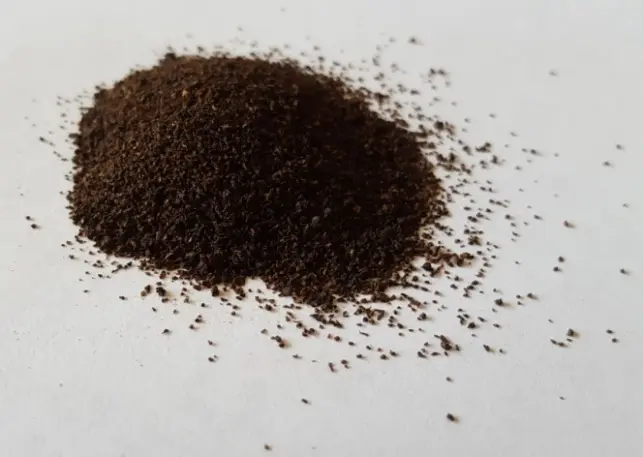
Processed tea (from a teabag)
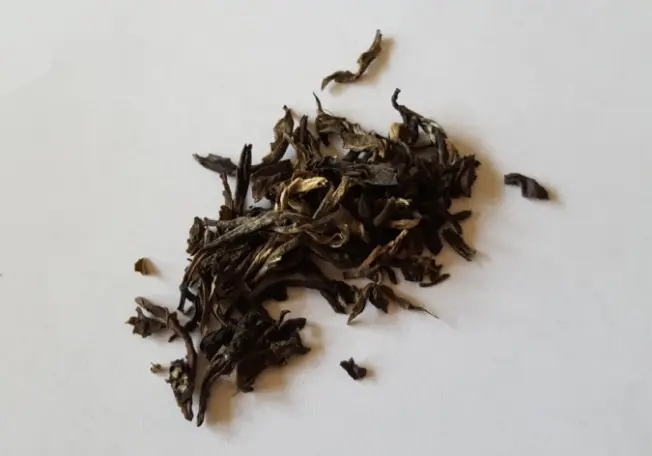
Regular tea leaves
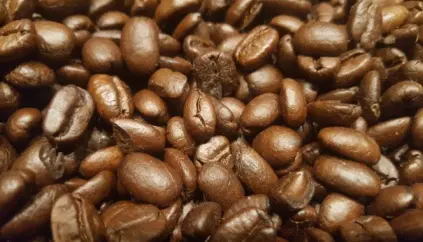
Coffee beans (in Starbucks, Beijing)

Coffee granules from a jar
SUBJECTIVE EXPERIENCE #
Caffeine is a central nervous system (CNS) stimulant, and is the world’s most popular and widely used psychoactive drug. It is available via a vast array of beverages, providing an extremely rich variety of flavours.
It is worth noting that there is significant variation between different botanical caffeine experiences, and that in the modern era it can also be purchased in other forms, including powder and tablet.
I personally find that there are two broad types of caffeine experience. One is a general background stimulation that promotes an alert state of wakefulness. The other provides a jolt: to counter tiredness or weariness in an urgent manner.
The first type, a relatively benign excitation, gives rise to ritual, social bonding, and communication. Connoisseurs of particular beverages have emerged, and sophisticated systems of sub-classification have been honed.
This state of consciousness is also conducive to sustained individual productive capability, which is of course consistent with post industrial revolution capitalism. In fact, over the ages the use of caffeine has had a huge influence upon the nature of our civilisation (see various works by Michael Pollan for further information).

As sourced by your local supermarket (Sainsbury’s, Manchester)
For millions of people, caffeine consumption is habitual; to the point that addiction is not an unreasonable characterisation. However, as with another currently legal intoxicant, alcohol, heavy users often respond with indignation at the very idea.
As generally known, higher doses of caffeine or evening consumption of coffee (for example), can be an impediment to sleep. Other potentially more serious issues can also ensue.
High or excessive doses can give rise to jitteriness, or can produce symptoms like dizziness, irritability, headache and sometimes diarrhoea. Should symptoms like vomiting, chest pains, rapid heartbeat, breathing difficulties or convulsions occur immediate medical help should be summoned.
Partially due to familiarity there is little public awareness or consideration of its long term effects with respect to both health and quality of life. Further, almost every other stimulant is legislated against, and stigmatised, leaving little scope for rational comparison. None of this, however, is intended to imply that its positive safety profile is not generally merited.
Regarding dosage, as a general guide, a standard cup of brewed coffee is often cited as containing approximately 100mg of caffeine. Erowid lists the caffeine content of a number of other common beverages on the following web page: https://erowid.org/chemicals/caffeine/caffeine_info1.shtml
DEATH BY CAFFEINE #
Yes, it is possible to fatally overdose on caffeine. This is obviously very rare, but deaths have been recorded for consumption via various forms, including energy drinks, pills, and powder.
So just how extreme does your dose have to be to put your life in jeopardy? Internet figures vary somewhat, but the verywellmind.com website is not untypical in citing the following figures:
“In humans, more than 150-200mg per kg of body weight, or 5 to 10 grams of total caffeine ingested is considered lethal. Consuming 3mg per kg of body weight above the baseline dietary exposure is considered the ‘adverse effect level’”


Whilst the odds are remote, there is risk, so I would simply suggest that you don’t go absolutely crazy with it.
*See also Guayusa, Guarana, Green Tea, Yerba Mate and Cacao.
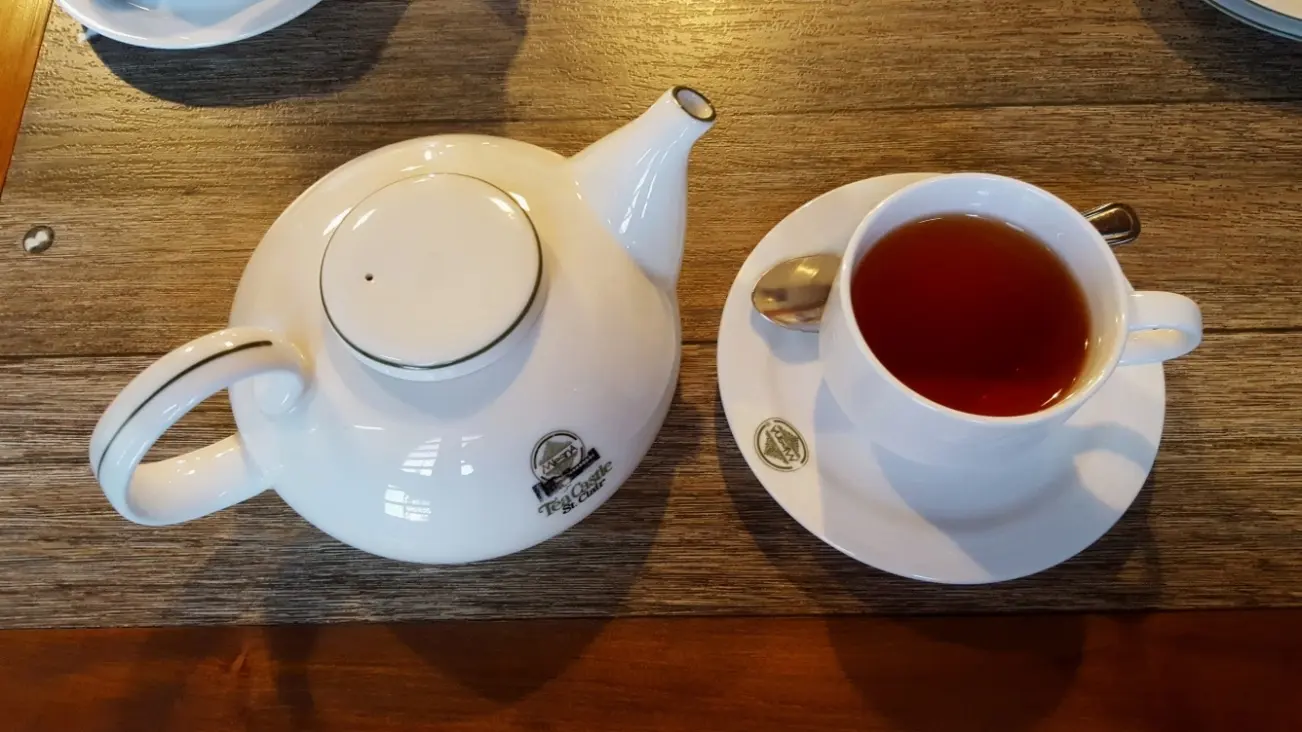
As served on my visit to a traditional tea house in the heart of Sri Lanka’s tea region
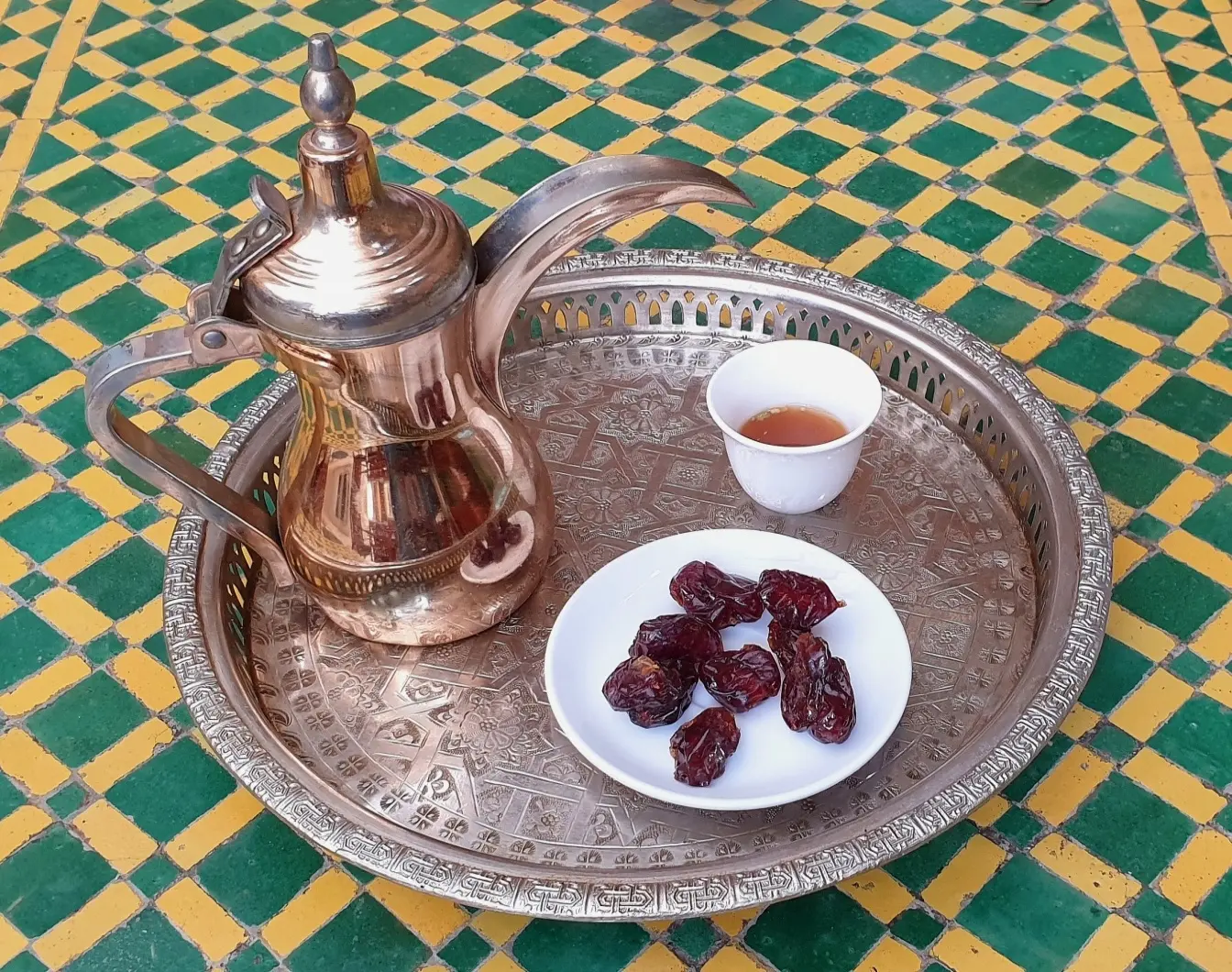
In the United Arab Emirates my Arabian coffee was served with a small plate of dates